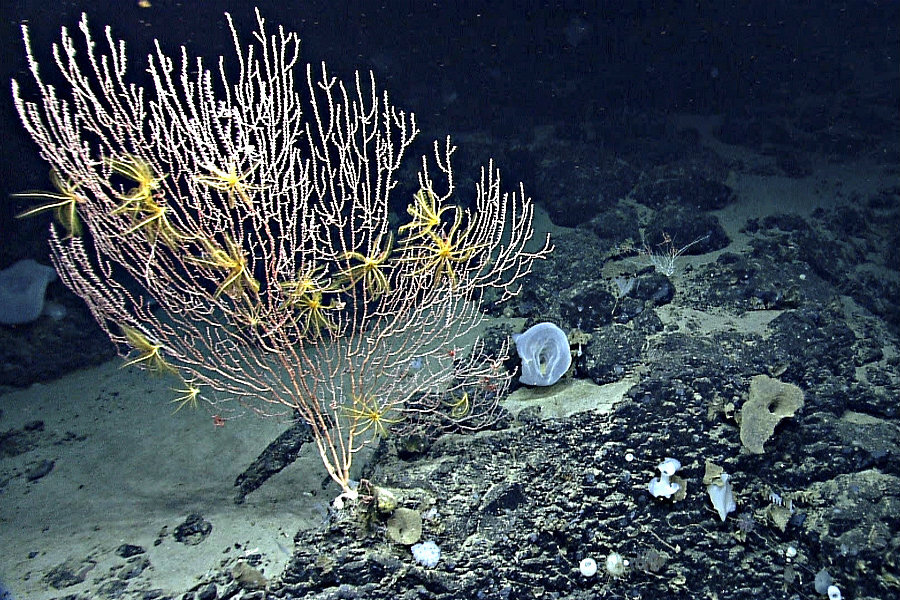Obama's conservation push continues with New England marine canyon
Loading...
President Obama is one step closer to cementing his conservation legacy as the president to set aside more protected land – and sea – than any other, as he designates the first national marine monument in the Atlantic on Thursday.
As the world's oceans warm and marine species struggle, environmentalists are calling for accelerated action to preserve them. Obama’s move to designate the Northeast Canyons and Seamounts Marine National Monument, just weeks after he massively expanded another ocean monument off the coast of Hawaii, is part of a larger worldwide push for marine conservation.
"Just as wild lands around the globe are beleaguered by human development and climate change, our oceans are under duress today more than ever before," Jamie Williams, the president of the Wilderness Society, told the Associated Press.
The newest national monument is located off the coast of Cape Cod, and consists of more than 5,000 square miles of underwater canyonland. There are four underwater mountains in the newly protected area, and three underwater canyons even deeper than the Grand Canyon.
Environmentalists and conservationists say that outlawing commercial fishing, mining, and diving in the preserved area can reduce stress on animal populations that live within the Northeast Canyons monument, including fin and sperm whales and Kemp's ridley turtles.
"The canyons and seamounts area off New England's coast is one of America's most unique ocean places," said Margie Alt, the executive director of Environment America, in a statement applauding the new monument's creation. "We're delighted that this vast, wondrous ecosystem will now be permanently protected from drilling, overfishing, and other destructive activities – so that future generations can be just as awestruck by them as we are today."
Critics say, however, that by protecting marine species in this manner, the federal government has forgotten the hundreds of individuals who draw their livelihood from the coast.
Although the lobster and red crab industries can continue to use the area for the next seven years, and recreational fishing will be permitted, some fishermen say that Thursday's designation will upend the fishing industry in New England. The offshore lobster industry, for example, is expected to "be affected to the tune of about $10 million per year," Bob Vanasse, a spokesman for the National Coalition for Fishing Communities, told NPR.
In recognition of the difficult transition the decision to preserve the area could create, the White House decreased the size of the monument from its proposed 6,000 square miles, suggested by Connecticut's congressional delegation, to around 5,000.
Obama's decision to create or expand 27 national monuments through the power vested in the executive office by the Antiquities Act has drawn criticism for years from those who say that his unilateral actions circumvent the legislative branch, and Thursday's announcement is no different.
"We don't normally create laws in this country by the stroke of an imperial pen," Mr. Vanasse said.
Environmentalists say that the oceans are crucial but often neglected parts of the world ecosystem, and can serve as bellwethers for greater systemic problems.
Last week, the International Union for the Conservation of Nature asked world leaders to work toward preserving a third of the world's oceans in order to mitigate the effects of climate change and overfishing.
"The designation of very large marine protected areas [MPAs] is the only way we're going to meet some of our more ambitious goals," Randall Kosaki, the National Oceanic and Atmospheric Administration's deputy superintendent of Papahānaumokuākea, the marine monument Obama nearly quadrupled in size last month, told The Christian Science Monitor earlier this week.
"If we continue along making small, postage stamp-sized reserves, that's not a bad thing. But it would take another 50 years to protect just 10 percent of the oceans. With very large MPAs, we may hit the 10 percent target in another 10 years," he said.
This report includes material from the Associated Press.






